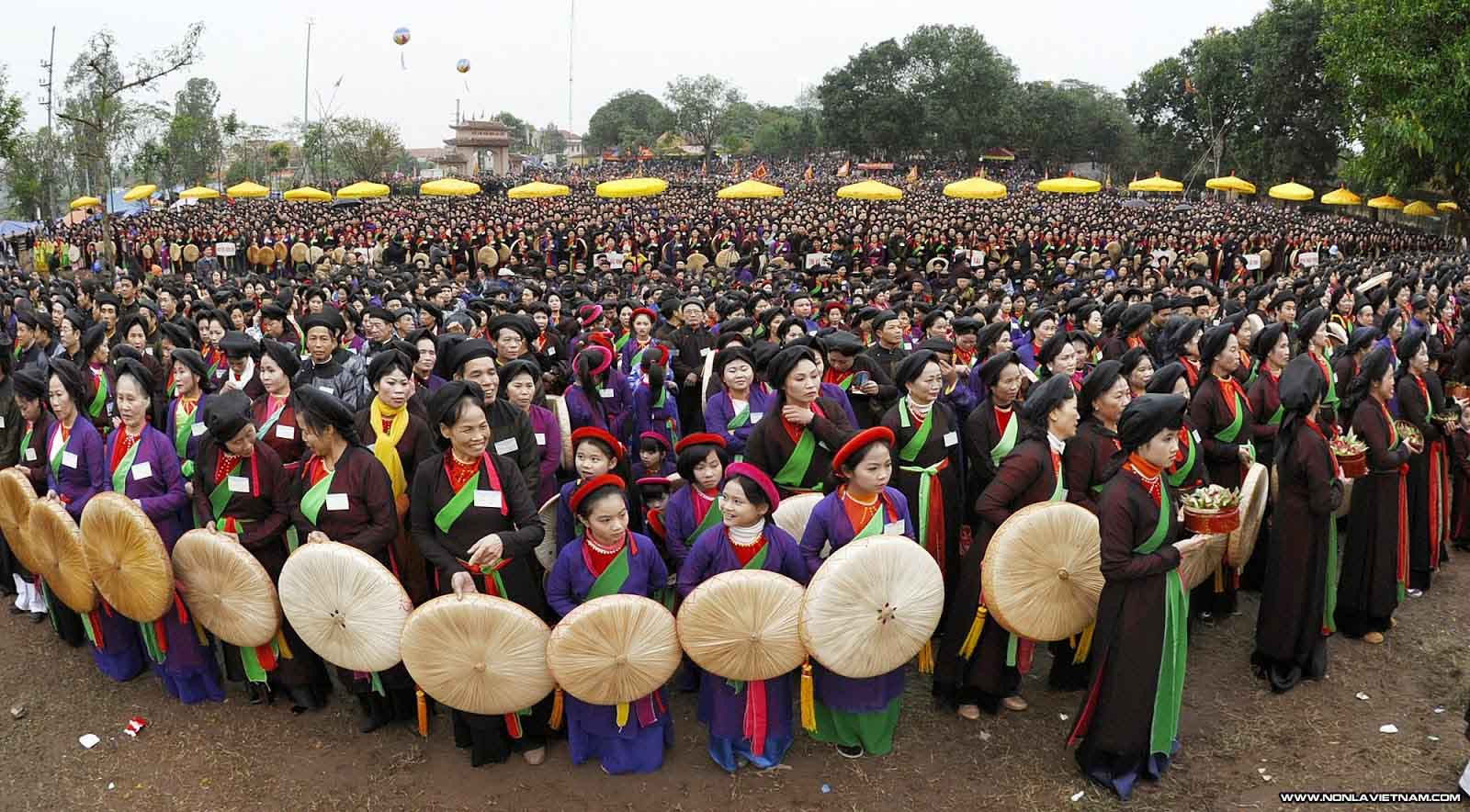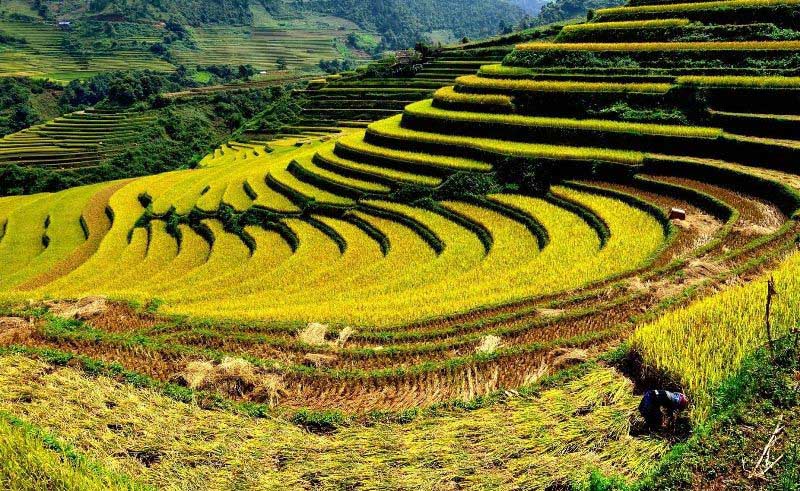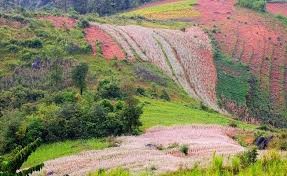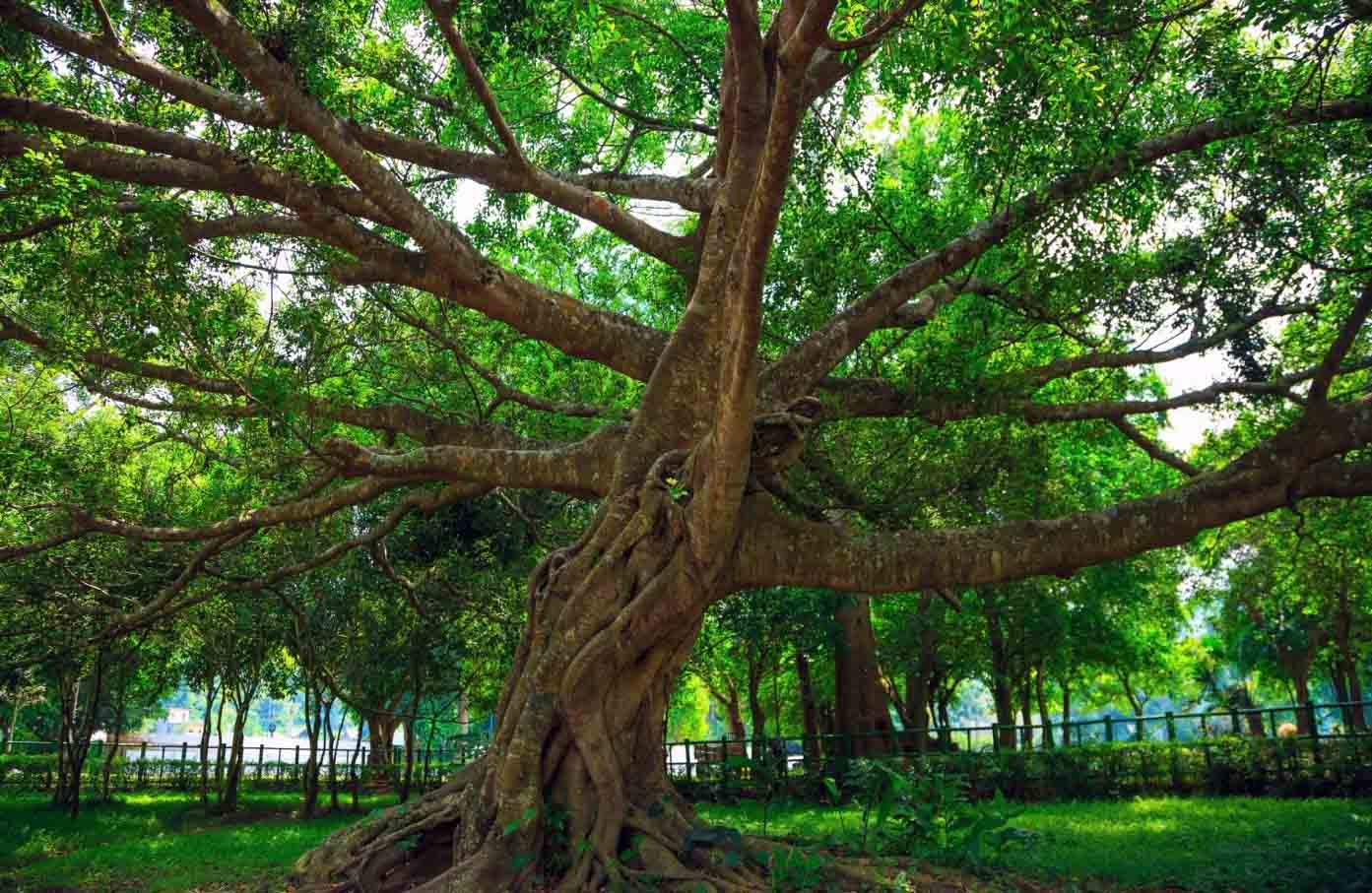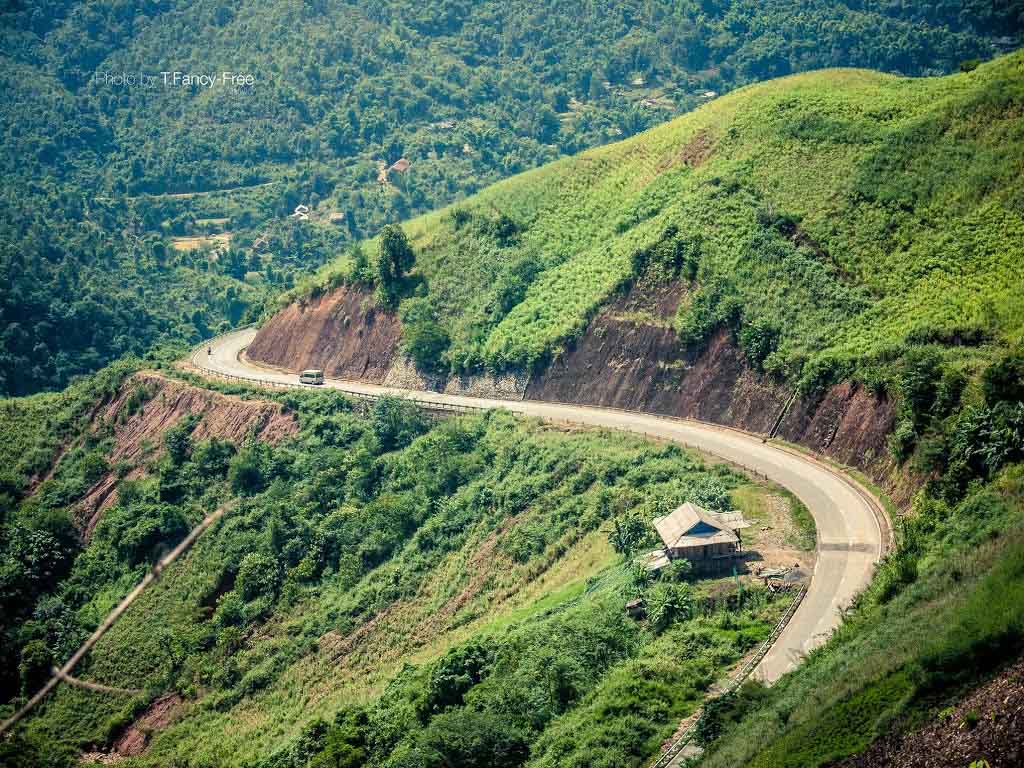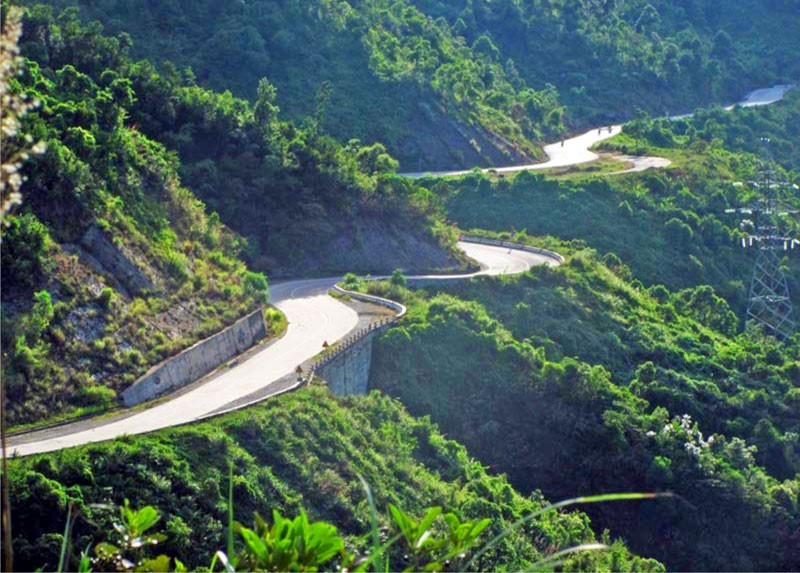Muong Nhe Nature Reserve
Alternative site name(s)
Muong Nhe-Muong Cha, Muong Te
Province(s)
Lai Chau
Area
182,000 ha
Coordinates
21o50' – 22o35'N, 102o10' – 102o58'E
Distance(s)
From Hanoi: 700 km
From Sapa: 289 km
Eco-tours
Not available.
Topography and hydrology
Muong Nhe Nature Reserve is located in Muong Te and Muong Lay districts in the extreme north-west of Vietnam. The nature reserve is bounded by the international border with Laos in the west and the international border with China. The topography of Muong Nhe Nature Reserve is dominated by medium-high mountains. The average height of these mountains is around 1,200 m but there are several peaks above 1,800 m, and the highest point, Mount Phu Nam Man, reaches 2,124 m.
Biodiversity values
Muong Nhe Nature Reserve supports only 47,400 ha of forest, equivalent to 15% of the total area of the nature reserve. This figure comprises 9,920 ha of lowland evergreen forest (distributed at elevations below 800 m), 19,850 ha of lower montane evergreen forest (distributed at elevations between 800 and 1,800 m), 1,705 ha of upper montane evergreen forest (distributed at elevations above 1,800 m) and 15,925 ha of bamboo forest. The remaining area of the nature reserve comprises 204,201 ha of grassland, and 43,980 ha of shifting cultivation and scrub. The dominant vegetation type at Muong Nhe Nature Reserve is, therefore, grassland, which accounts for 66% of the total area. This vegetation type is dominated by Imperata cylindrica, Themeda gigantea, Thysanolaena maxima, Saccharum spontaneum and Erianthus arundinaceus.
Before the 1990s, Muong Nhe was considered to be an important area for the conservation of large mammals. For instance, scientists estimated that there were more than 200 Asian Elephant Elephas maximus at Muong Nhe in the early 1970s. However, following the border war with China in 1979, automatic weapons became more widely available in the area, and the population sizes of most large mammal species declined. By the time of the WWF/Ministry of Forestry survey in 1991, large mammals were already scarce at Muong Nhe: Tiger Panthera tigris was described as "rare", Gaur Bos gaurus was described as "possibly facing extinction" and Asian Elephant was described as "almost extinct".
Based on the results of the BirdLife/FIPI rapid field survey, there is no evidence for the continued occurrence of Asian Elephant at Muong Nhe, while other large mammals only survive in small, isolated groups, as a result of habitat fragmentation.
In addition, the BirdLife/FIPI team received reports from local people that indicate that White-cheeked Crested Gibbon Hylobates leucogenys may still occur at the nature reserve.
The feasibility study prepared by WWF and the former Ministry of Forestry contains a provisional list of 222 bird species, while the first and second investment plans report that 270 bird species occur at Muong Nhe Nature Reserve. However, as it is unclear whether these data were collected by field survey, compiled from past reports or predicted based on known distributions, few conclusions can be drawn from these figures. A more reliable source of information on the avifauna of Muong Nhe is the field survey conducted by Frontier-Vietnam in 1997. This field survey recorded 158 bird species in the nature reserve and the area immediately to the south.
Other documented values
Remaining forest areas in the nature reserve have an important role in protecting the water resources of local communities and the watershed of the Black River.
More guide...
Responsible Travel
Asia Travel News



